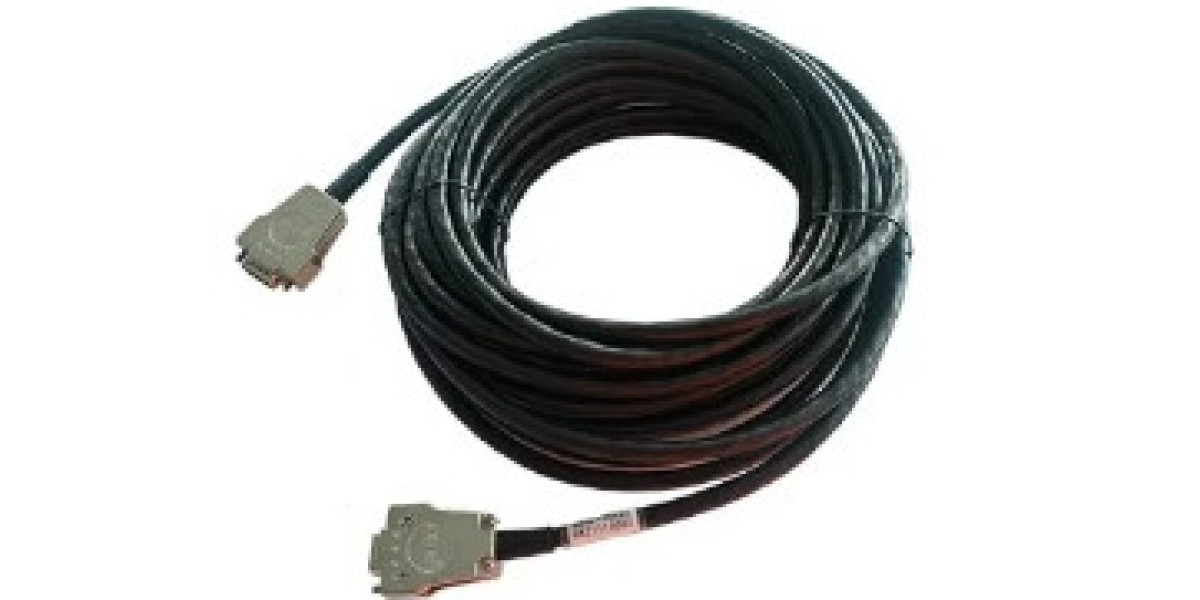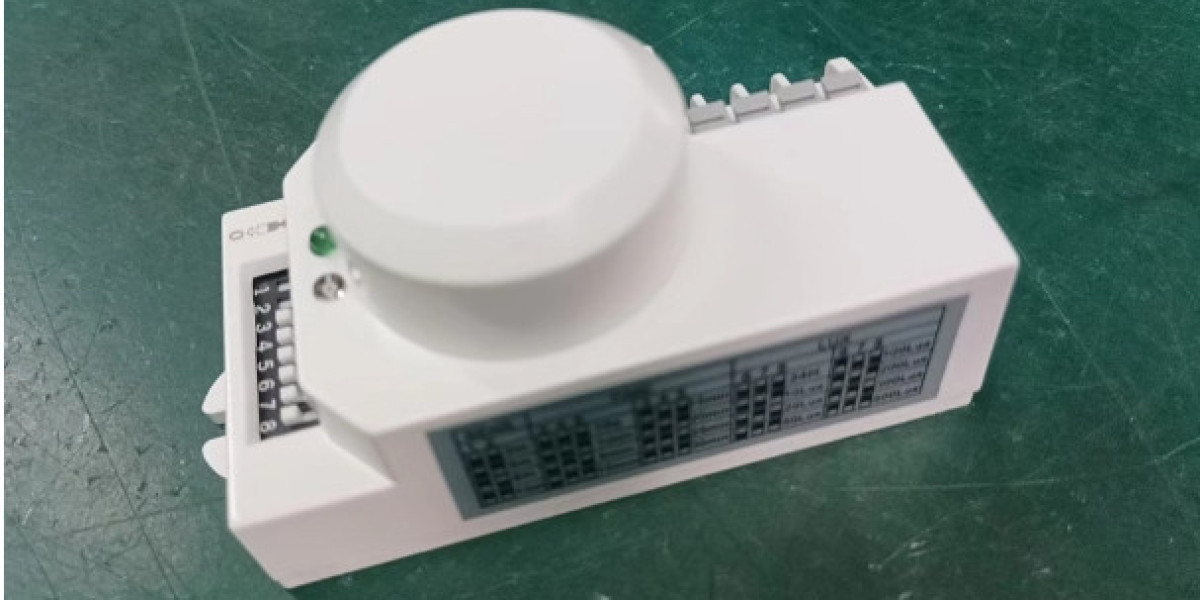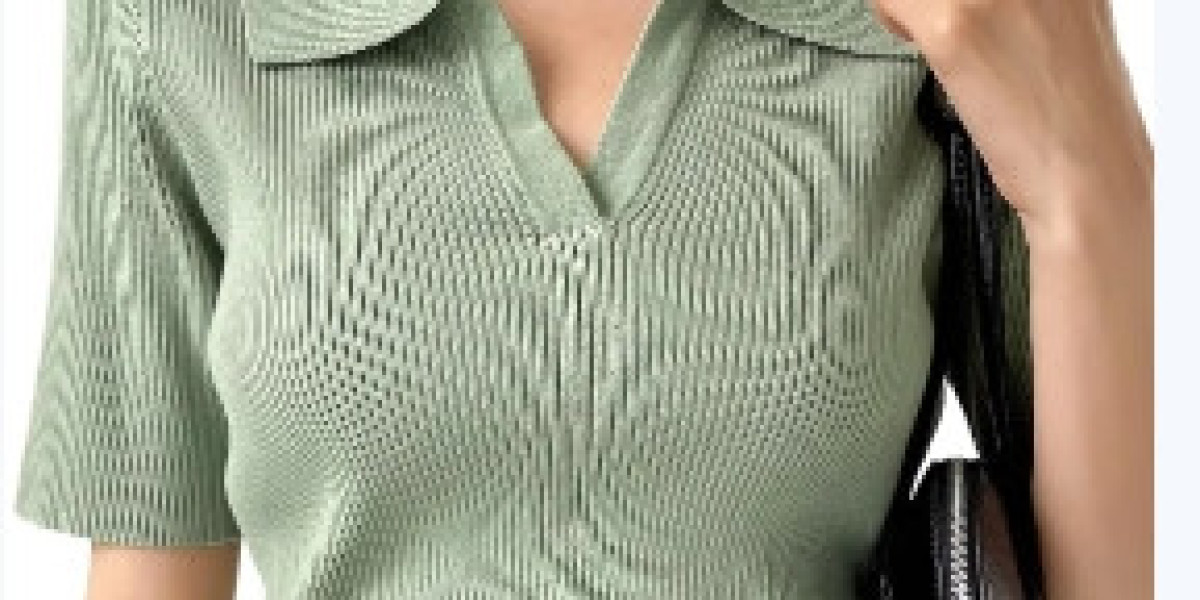Gauze swabs are essential medical supplies used in various healthcare settings for wound care, surgical procedures, and general medical applications. These simple yet versatile products play a crucial role in maintaining hygiene, promoting healing, and preventing infections. In this comprehensive guide, we'll delve into the different types of gauze swabs, their uses, benefits, and best practices for application.
What are Gauze Swabs?
Gauze swabs, also known as medical sponges or dressings, are made from woven or non-woven cotton or a blend of synthetic fibers. They come in various sizes and ply (thickness) configurations to suit different medical needs. The most common sizes include 5x5 cm, 7.5x7.5 cm, and 10x10 cm, while ply options typically range from 4 to 12 layers.
Types of Gauze Swabs:
Woven Gauze Swabs:
- Made from woven cotton fibers.
- Offers high absorbency and strength.
- Ideal for wound cleaning, dressing, and packing.
Non-Woven Gauze Swabs:
- Manufactured from synthetic fibers bonded together.
- Soft, lint-free, and highly absorbent.
- Suitable for delicate skin, wound dressing, and general cleaning.
Uses of Gauze Swabs:
Wound Care:
- Gauze swabs are widely used for cleaning and dressing wounds of various types, including cuts, abrasions, and surgical incisions.
- They help absorb excess exudate (fluid) from the wound, preventing maceration and promoting healing.
Surgical Procedures:
- During surgeries, gauze swabs are used to control bleeding, wipe surgical sites, and protect organs and tissues from contamination.
- They play a crucial role in maintaining a sterile field and preventing surgical site infections.
General Medical Applications:
- Gauze swabs are employed in medical examinations, such as applying antiseptics or topical medications, cleaning skin before injections, and removing sutures or debris.
Benefits of Gauze Swabs:
Absorbency:
- Gauze swabs excel in absorbing fluids, blood, and exudate from wounds, helping to keep the affected area clean and dry.
Sterility:
- Many gauze swabs come sterilized, ensuring they are free from pathogens and suitable for use in sterile medical procedures.
Versatility:
- From wound care to surgical procedures, gauze swabs serve multiple purposes in healthcare settings, making them indispensable medical supplies.
Comfort:
- Soft and gentle on the skin, gauze swabs provide comfort to patients while effectively managing wounds and promoting healing.
Best Practices for Gauze Swab Application:
Choose the Right Size and Ply:
- Select gauze swabs of appropriate size and ply thickness based on the specific medical application and patient's needs.
Maintain Sterility:
- Use sterile gauze swabs for wound care and surgical procedures to minimize the risk of infections.
Handle with Care:
- Avoid contaminating gauze swabs during handling and application by using sterile gloves and adhering to proper aseptic techniques.
Monitor Wound Progress:
- Regularly assess the condition of the wound and change gauze swabs as needed to facilitate healing and prevent complications.
Conclusion:
Gauze swabs are indispensable tools in healthcare, offering superior absorbency, versatility, and comfort for various medical applications. Whether used for wound care, surgical procedures, or general medical purposes, these simple yet effective products play a vital role in promoting healing and maintaining patient well-being. By understanding the different types, uses, and benefits of gauze swabs, healthcare professionals can make informed decisions to optimize patient care and outcomes.







